By the end of June 1720, one share in the South Sea Company (a monopolistic trading entity) would have cost you £1,050. As confidence began to ebb away, however, the price began to drop. By the end of August, the stock was less than £800 and by December £175, meaning financial ruin for many institutions and penury for hundreds of individuals. A subsequent enquiry revealed a web of corruption, deceit and bribery and resulted in disgrace and prosecution for numerous company and government officials. The so-called South Sea Bubble passed into legend.

Change Alley (EC3V 9AZ – then called Exchange Alley) is where the dealing in the South Sea shares took place and gets a mention in a poem to peoples’ folly …
Why did ‘Change Alley waste thy precious hours
Among the fools who gaped for golden show’rs?
No wonder if we found some poets there,
Who live on fancy, and can feed on air;
No wonder they were caught by South Sea schemes,
Who ne’er enjoyed a guinea but in dreams.
Some speculators, however, got out in time and with great profit. One of them was Thomas Guy, who owned a bookshop at the end of Lombard Street. We benefit to this day from his successful investment and philanthropy as he used some of the cash to found Guy’s Hospital.
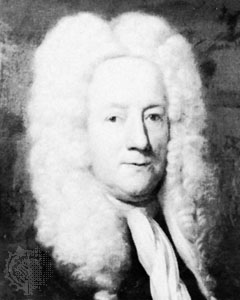
Any history of the City and its development always makes reference to the extraordinary growth and influence of the coffee house, the first being opened by a Greek named Pasqua Roseé in 1652. Its location is commemorated by this plaque in St Michael’s Alley …

Incidentally, there is something suspicious about this plaque – it probably isn’t a bona fide City one. Though blue and oblong, the proportions are wrong, the style is different and it’s anonymous.
‘In many ways the coffee houses formed the central hub of daily life; they were where the news was gathered and distributed; they were the main places for the exchange of gossip. Here a business man could meet his client and discuss a deal in relative comfort and warmth over a dish of coffee (as they called it) and perhaps a hearty meal. As popular as the coffee houses became, they were not without their enemies and slanderers. In 1674 a congregation of ladies formed the ‘Women’s Petition against Coffee’, circulating notices about London in which they complained that by indulging in the beverage men were made as ‘unfruitful as the dessert where that unhappy berry is said to be bought’. Despite their efforts, by the 18th century it was estimated that there were over 3000 coffee houses in London.’ (Extract from the Underground Map blog).
Change Alley was the site of another famous coffee house …
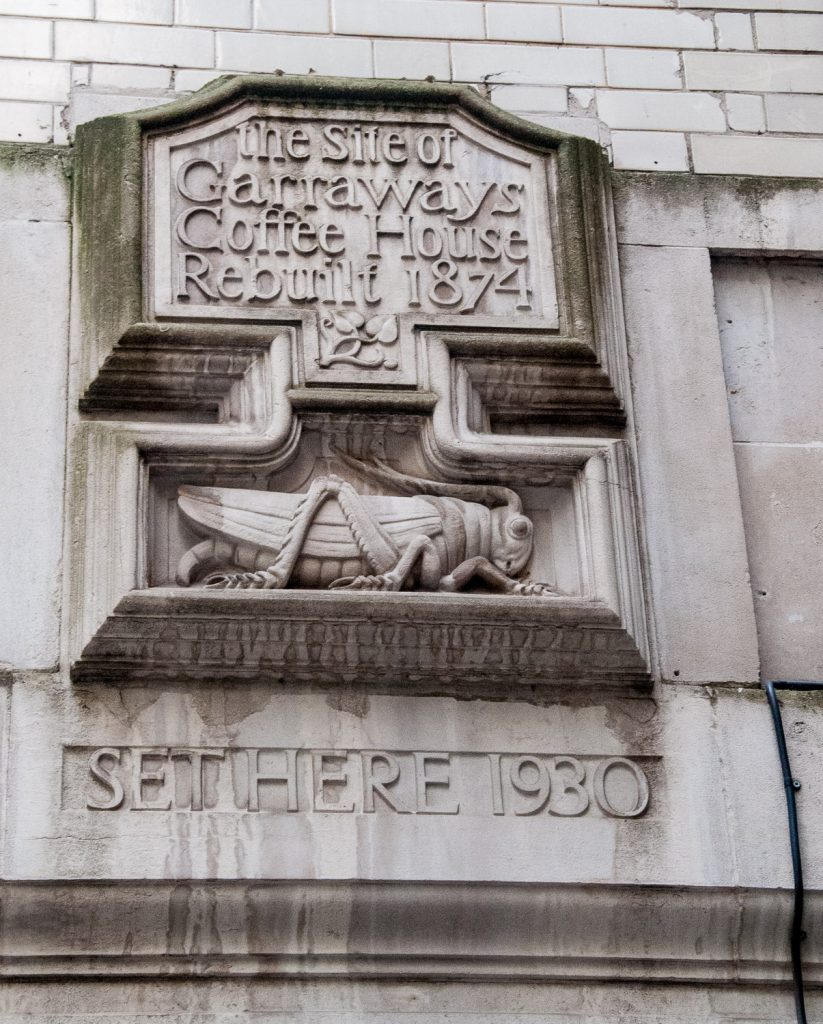
Following the Fire of 1666, Garraway’s was reconstructed on a grand scale. Situated on a corner with various entrances into the building, it had smaller rooms and a kitchen downstairs and a large coffee room upstairs.
Here it is in a contemporary illustration from the 19th century – the alley looks very different from today where it is hemmed in by white tiled office blocks …
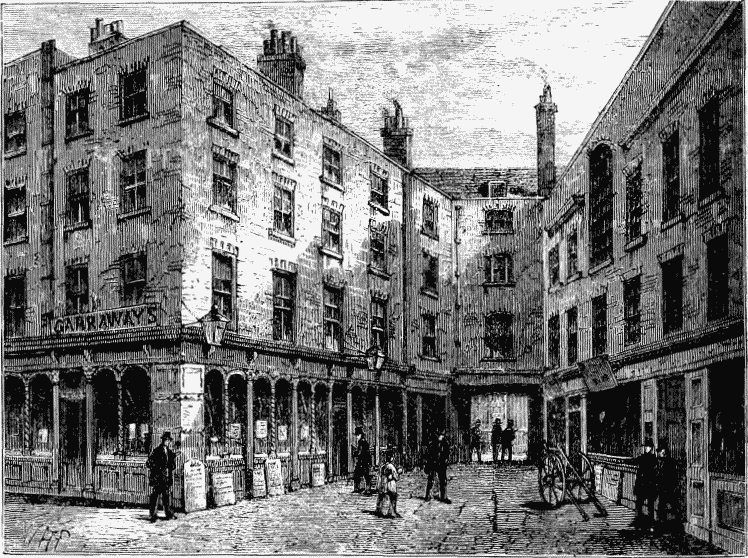
A panel on the fascinating doors at 32 Cornhill depicts its interior. You can read more about the doors and their stories here …
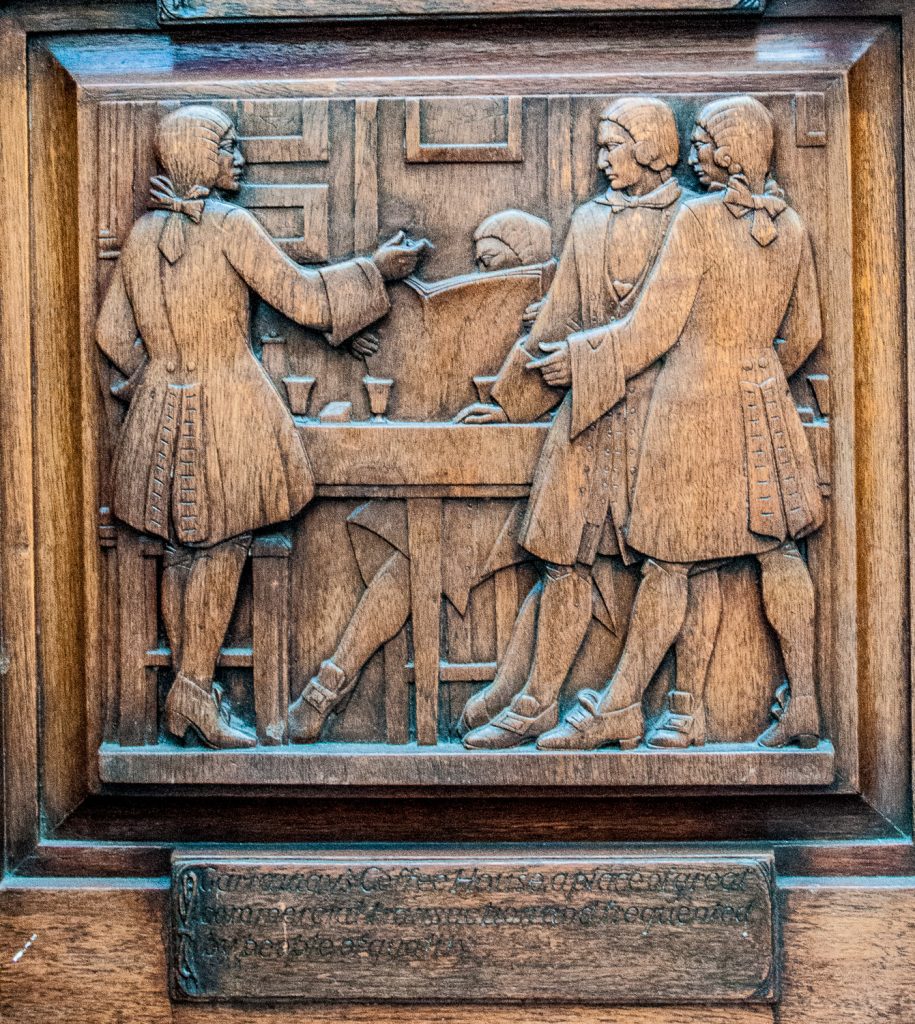
The Scottish Widows insurance company arrived in 1935 …
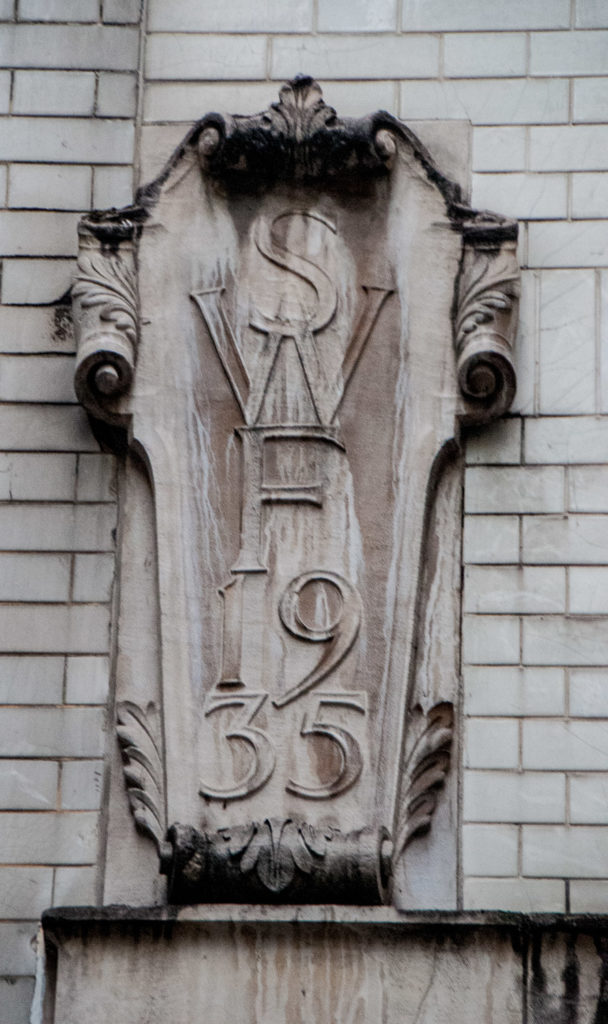
They made sure that the splendid company logo was prominently displayed even though it faces the narrow alley and blank walls. I have written about it in more detail in an earlier blog entitled Insurance Company Ghosts …
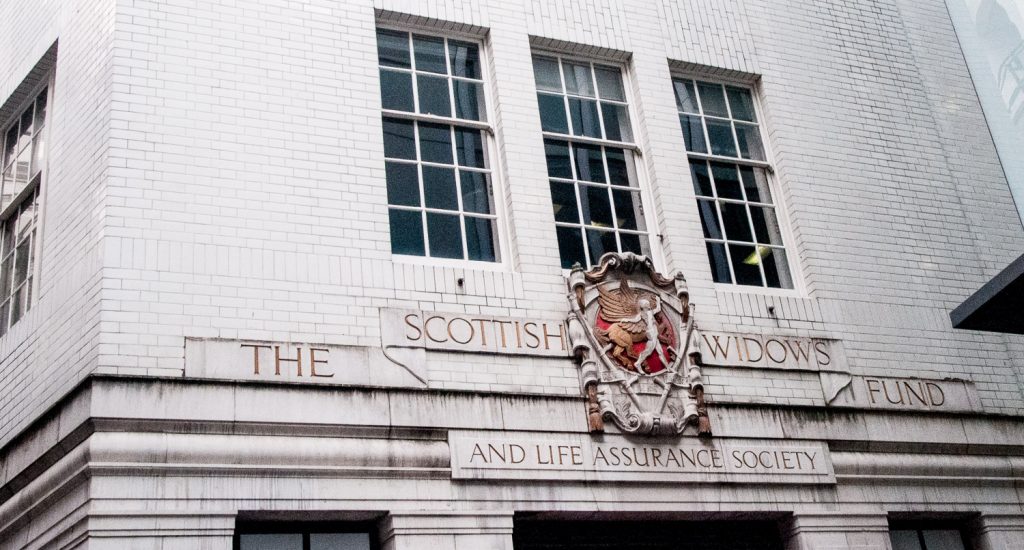
It is extraordinary that the warren of courtyards and alleys off Cornhill survives to this day given not only wartime bombing but, long before then, a ferocious fire.
‘This dredful fire which has laid Waste so useful & opulent Part of the City began in the Powdering Room at Mr Eldridge’s peruke maker near the midle of Exchange Alley on Friday March 25 1748 at One o’Clock in the Morning, and continued burning till Twelve the same day.’
A peruke was another name for the fashionable wigs, or periwigs, worn at the time.
After the stock market crash that followed the South Sea Bubble scandal, the fire insurance market had consolidated into the hands of three major companies : The Sun, Royal Exchange and the Phoenix. Each had their own small fire fighting force that independently dealt with fires, including the Exchange Alley one. This map of the 1748 fire damage was drawn up to ensure a satisfactory allocation and settlement of any claims …
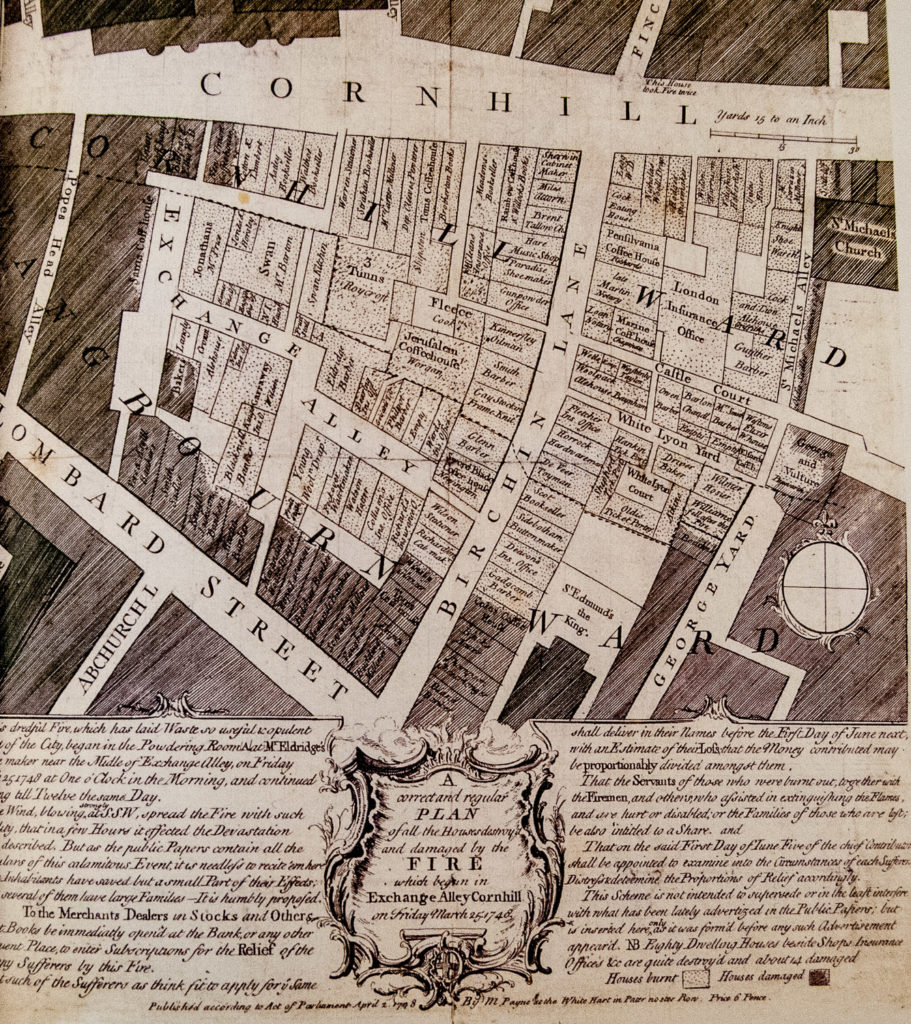
The three separate fire fighting forces were merged in 1832, along with those of six other companies, to form the London Fire Engine Establishment. You can see a late 17th century/early 18th century fire engine at the church of St Magnus-the-Martyr on Lower Thames Street EC3R 6DN …
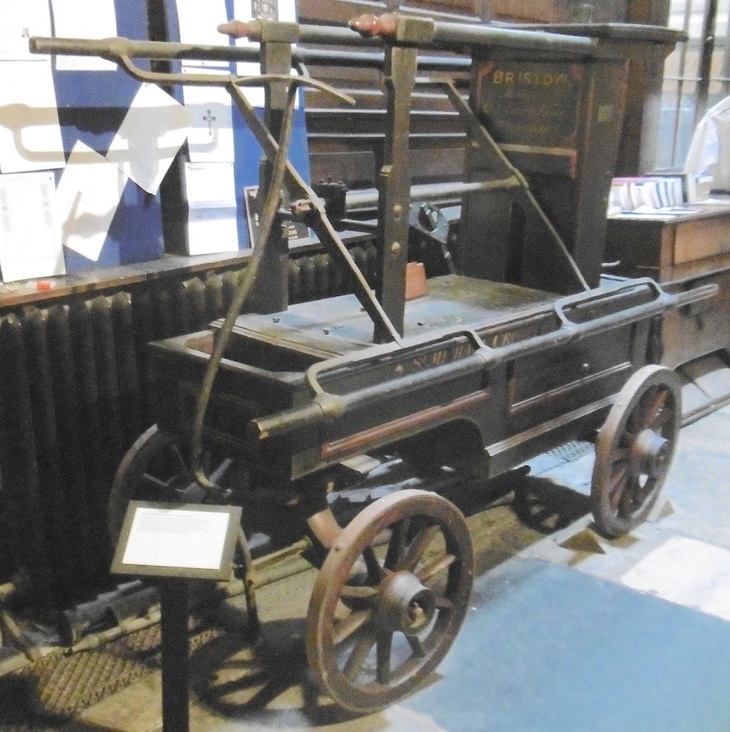
By the way, one striking feature of Change Alley has remained the same over the centuries – as you wander around the bordering streets, you keep seeing it. There are five access points. Two off Cornhill, two off Lombard Street and one leading out of Birchin Lane.
I shall be visiting more alleys in future blogs. As you will see from these pictures, they have managed to keep much of their charm and air of mystery …
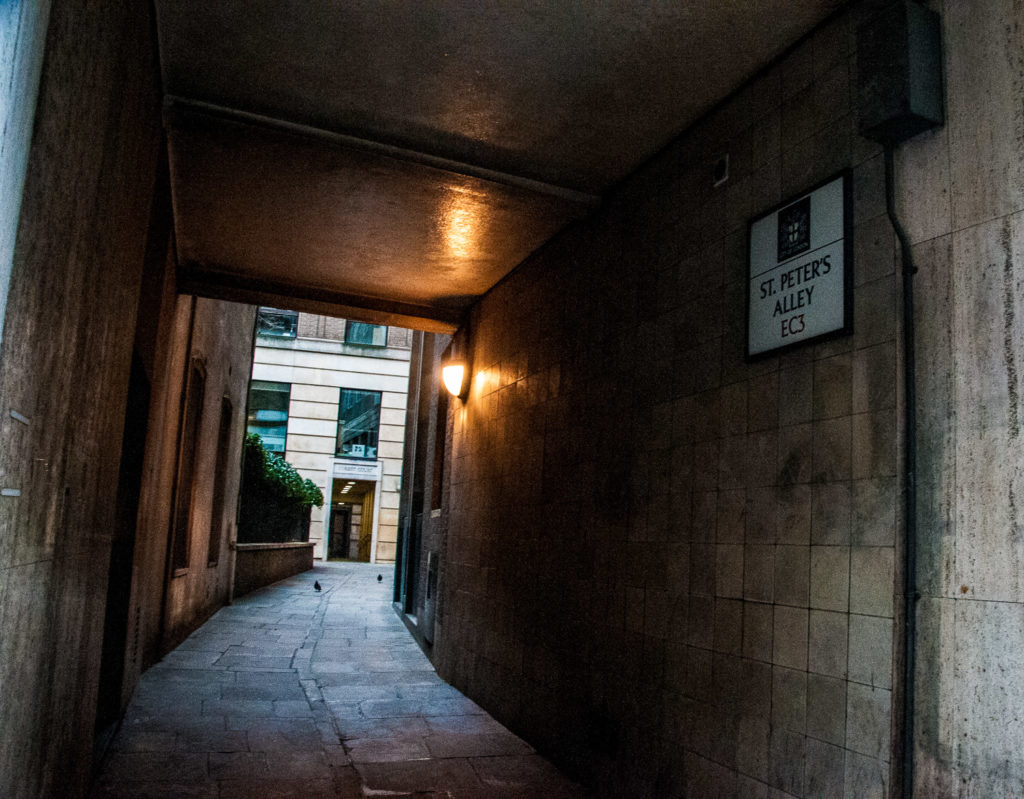
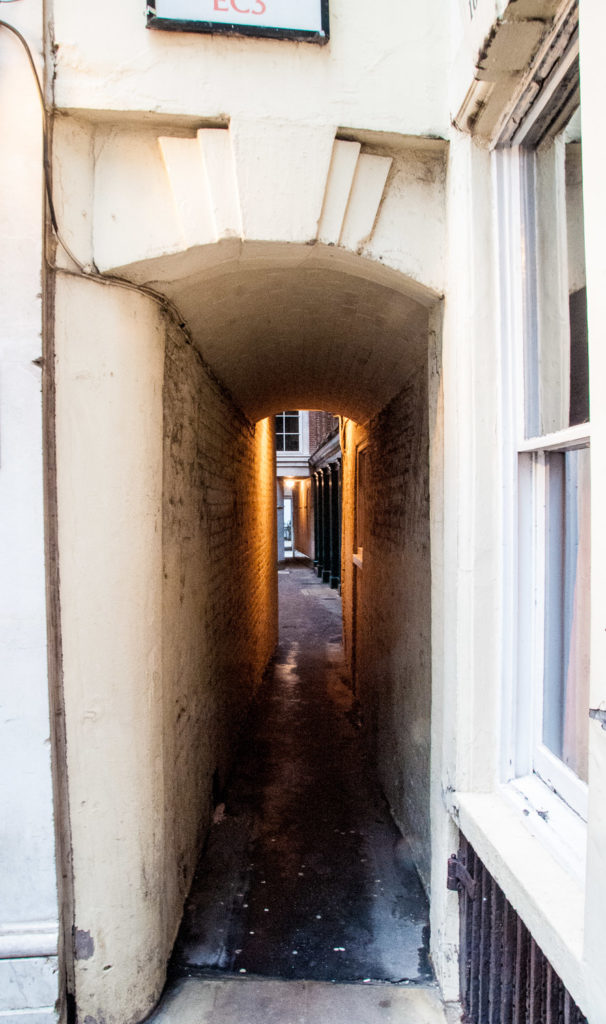
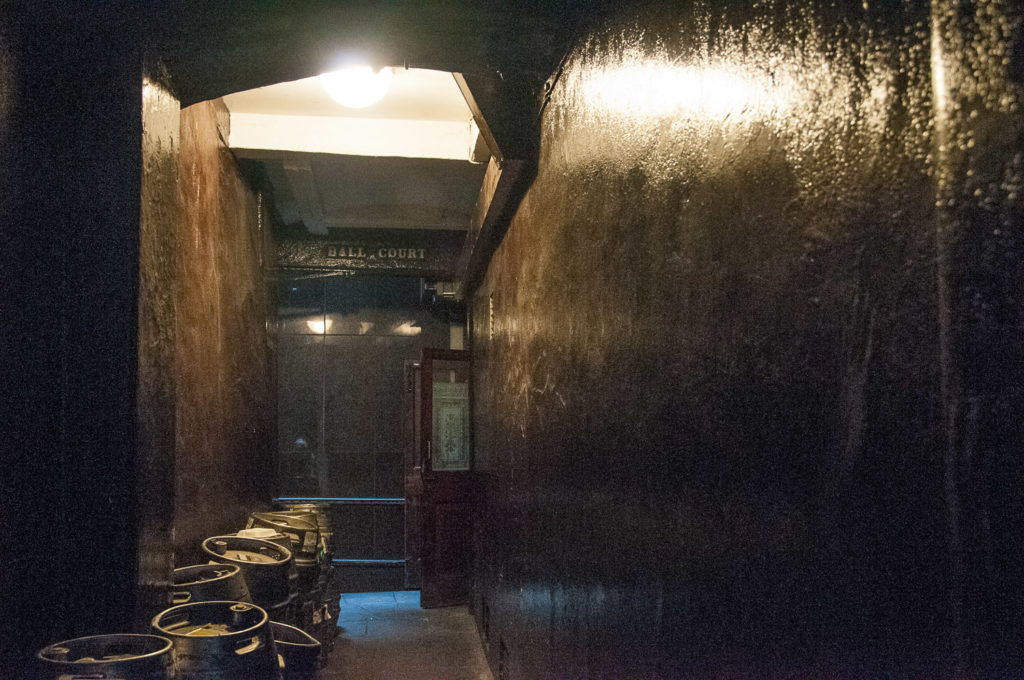
Thank you for reading this week’s edition.
